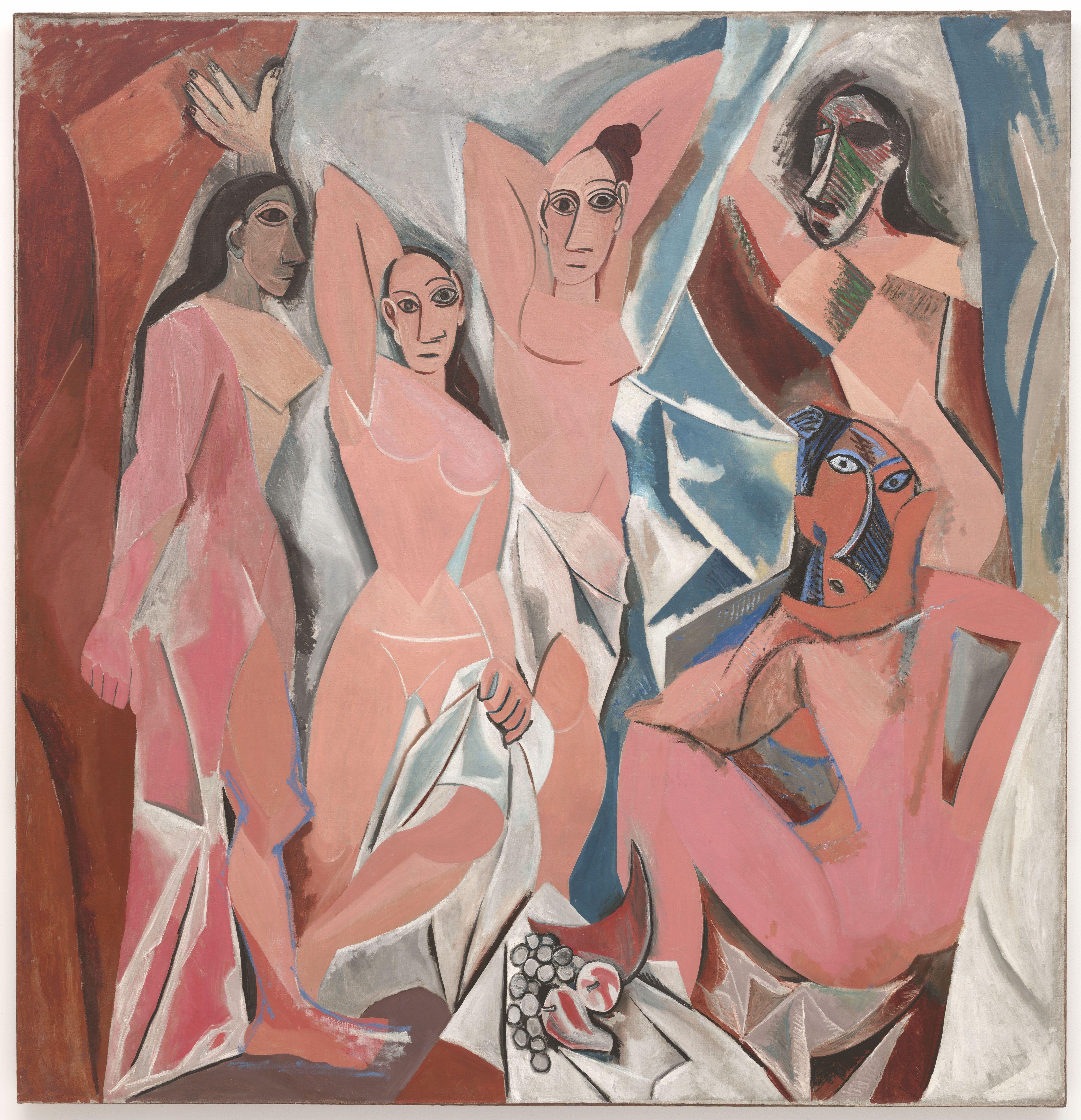The two art works I have chosen to analyze are Claude Monet’s “Bridge over a Pond of Water Lilies” and “The Japanese Footbridge”. I chose these two works because I found it interesting that although they are both by the same artist and are supposed to depict the same subject there are so many contrasts between the two. It is easy to see that “Bridge over a Pond of Water Lilies” painted in 1899 exhibits a short and seemingly narrow footbridge over a pond that is flourishing with water lilies. Using many shades of green and different brushstroke techniques Monet fills the background of the painting with many different kinds of trees and shrubbery, almost enclosing the area to give it a more private feel. Monet also mainly sticks to greens, yellows, whites and blues in this work. I found the painting to be very pleasing to the eye and I thought it was exhibiting a serene and beautiful landscape. On the other hand I interpreted “The Japanese Footbridge”, 1920-22, to be more of an angry and confusing painting due to its strong use of warm colors and indeterminate structure. I was first drawn to it because it was so different from Monet’s typically more calming paintings such as his water lily series. Monet’s style, more specifically his brushstroke technique seems to change drastically in the span of twenty years. In this painting Monet loses all attention to detail and rather paints with thicker strokes and in a more fluid manner. It is obvious that “The Japanese Footbridge” requires a more interactive viewing process in order to try and see the scenery in the way Monet saw it at the time. I admit that it was very hard to understand what the painting was trying to illustrate without reading the title at first first. However, once I read it the pieces slowly began to come together and I could make out some resemblances of the footbridge that Monet had painted twenty years earlier.
Ariella Caminero



